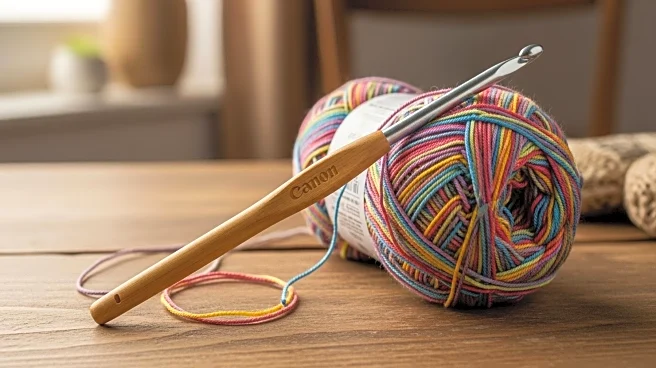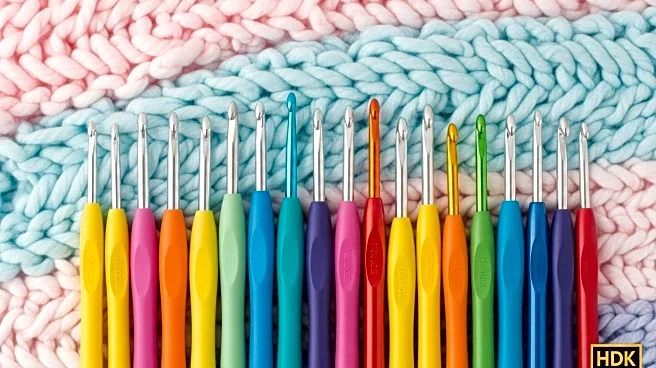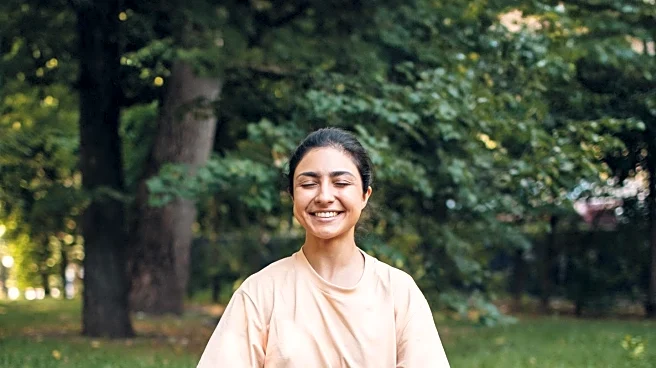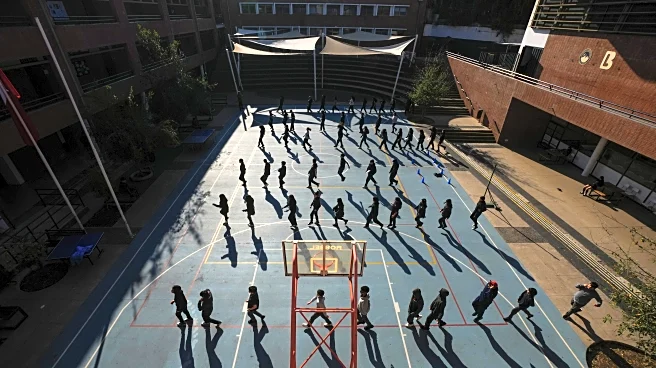Crochet, a craft involving the use of a hook to create fabric from yarn, has experienced fluctuations in popularity over the years. Despite a decline, the early 21st century has seen a resurgence in interest, driven by the DIY movement
and improved yarn quality. Crochet has been embraced not only as a hobby but also as a medium for self-expression and identity exploration, bridging art and technology. Its therapeutic benefits are recognized, aiding in coping with anxiety, depression, and chronic pain, while fostering community among practitioners.
Irish Famine. In the 19th century, crochet lace work became a vital source of income for impoverished Irish workers. Schools were established to teach the craft, and teachers were dispatched across Ireland to impart these skills. This initiative not only helped alleviate financial hardship but also preserved the craft for future generations.
mathematical exploration. Daina Taimiņa, a mathematician, popularized the use of crochet to model hyperbolic planes, offering a tangible way to understand complex mathematical concepts. This innovative approach has expanded crochet's application beyond traditional boundaries, showcasing its versatility and educational potential.
become a symbol of creativity and resilience, with its tactile nature providing emotional benefits. The craft fosters a sense of community, connecting individuals across cultures and generations. Its revival in the 21st century reflects a broader trend towards valuing handmade and sustainable practices.
accessibility and affordability, making it an appealing hobby for many. The craft's therapeutic benefits are particularly relevant in the U.S., where it is used to support mental health and well-being. Crochet communities and classes have flourished, offering opportunities for social connection and skill development.

 Discover Daily
Discover Daily Crochet: The Enduring Legacy
Do you find this article useful?











